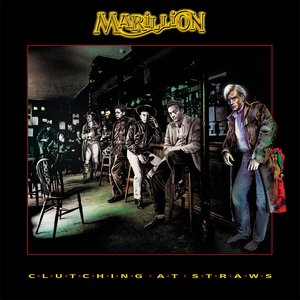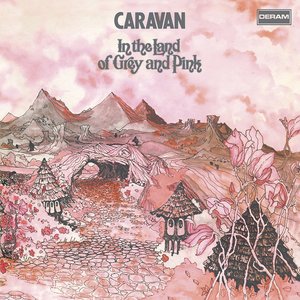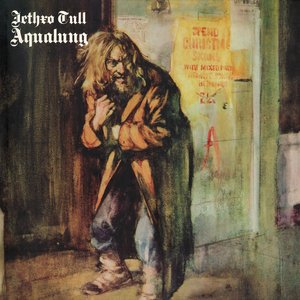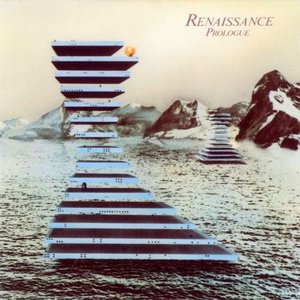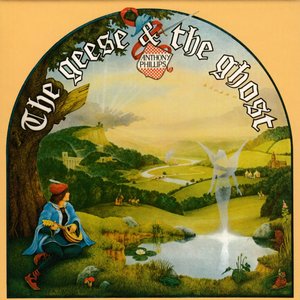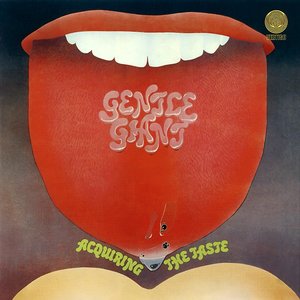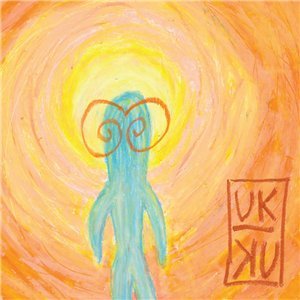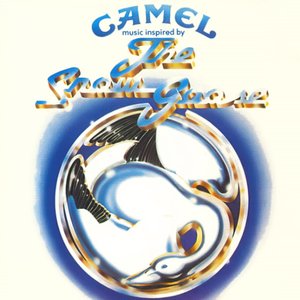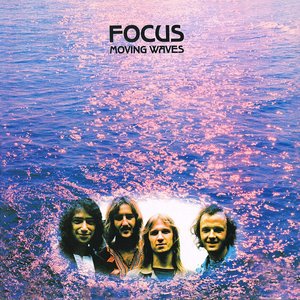Wiki
-
Release Date
18 November 1974
-
Length
23 tracks
The Lamb Lies Down on Broadway (sometimes called simply The Lamb) is a double concept album recorded and released in 1974 by the British progressive rock band Genesis. It was their sixth studio album and the last album by the group to feature the involvement of lead singer Peter Gabriel
The album tells the surreal story of a half-Puerto Rican juvenile delinquent named Rael living in New York City, who is swept underground to face bizarre creatures and nightmarish dangers in order to rescue his brother John. Several of the story's occurrences and places were derived from Peter Gabriel's dreams, and the protagonist's name is a play on his surname. It should be noted that in an interview Phil Collins remarked, "It's about a "split personality". In this context, Rael would believe he is looking for John but is actually looking for a missing part of himself. The individual songs also make satirical allusions to everything from mythology to the sexual revolution to advertising and consumerism. The title track, as well as The Carpet Crawlers and In The Cage, are live favourites for the band and both have been included in 2007's Turn it on Again tour, with The Carpet Crawlers played as the closing number.
Most of the music on the album was written by band members Tony Banks, Phil Collins, and Mike Rutherford, without Peter Gabriel's participation and with little participation from Steve Hackett as well. Peter Gabriel insisted on writing the story and all the lyrics himself, which caused friction, in particular because Mike Rutherford had originally suggested another project for the band — an album based on Antoine de Saint Exupéry's The Little Prince. Gabriel was absent from the album's writing and rehearsal sessions due to personal problems — his wife was having difficulties with her first pregnancy — which added to the strain. However, Banks and Rutherford wrote the words for The Light Dies Down On Broadway, as Gabriel could not come up with a linking piece between Ravine and Riding the Scree. Gabriel did contribute to the writing of the music more than has been assumed; his then-wife Jill pointed out in Spencer Bright's Peter Gabriel: An Authorized Biography that he wrote the main melody for The Carpet Crawlers, of which he is especially proud. It should also be noted that tracks like [Anyway and Lilywhite Lilith were developed from earlier unused compositions by the band ("Frustration" and "The Light" respectively) which were likely to have been group efforts, in which Gabriel had played some part in creating as well.
During the album's pre-production, Gabriel was contacted by filmmaker William Friedkin, (at the time enjoying great success with The Exorcist), about a possible film project after Friedkin read Gabriel's short story on the sleeve of the Genesis Live album. Despite his bandmates' disapproval, Gabriel left them to work on some early script drafts. However, the project came to nothing (Friedkin instead working with Tangerine Dream to score his next film, Sorcerer), and Gabriel returned to the band.
The Lamb Lies Down on Broadway met with mixed reviews (see above), and reached #10 in the UK, while nearly cracking the U.S. Top 40, reaching # 41 and eventually going Gold. The band went on a world tour upon its release, performing the album in its entirety 102 times. The Lamb Tour was slated to begin on October 29, 1974, but due to an injury to Steve Hackett's hand, the tour was postponed until November 12, 1974, days prior to the album's release to the public. Opening night for the tour commenced at the Auditorium Theatre in Chicago, Illinois on November 20, 1974. The final show on The Lamb tour was May 27, 1975 at the Palais des Sports in Besançon, France. Early into the tour, Gabriel decided he would be leaving Genesis, although he would finish the tour amicably with the band and not go public until August 1975.
The tour saw the summation of Gabriel's interest in theatrical presentation, masks and costumes, which had initially been something to hide his shy persona behind and to give the band a distinctiveness despite their static, reserved behaviour on stage. In addition to Gabriel's theatrics, three screens above the band showed slides to accompany the story, though the bandmembers have always stated that the slides only worked perfectly at a handful of shows. Although these visuals were, as in past concerts, meant to enhance the experience, the rest of the band became frustrated with the press focusing only on the theatrical side of the show and not the musicianship.
Gabriel himself showed restraint for most of the show, dressed as Rael in leather jacket, T-shirt and jeans, relying on effective lighting and dramatic expression without the use of props or costumes. During the last half of The Waiting Room (aka 'The Evil Jam'), two spotlights positioned on the left and right sides of the stage and pointing directly at the audience, would flood the audience with blinding bright-white light. The stage and screens were also flooded with white light. Then the silhouette of Gabriel dressed in a cape, pointed hat, and long claws would claw at the air and dance grotesquely in front of the middle screen, creating an eerie and haunting effect. About two-thirds of the way through the performance during the song The Lamia, Gabriel was surrounded by a spinning cone-like structure decorated with depictions of snakes. For the last verse of the song, the cone would collapse to reveal Gabriel wearing a body suit that glowed ultra-violet from the black lights that lit the stage. For the next song, The Colony of Slippermen, he donned the costume of the notorious Slipperman, an outrageous naked monster with inflated genitalia and covered in lumps. Gabriel often couldn't get a microphone near enough to his mouth during this sequence to sing clearly. At the intro to the final song it., a huge explosion set off twin strobes, and the audience was faced with both Gabriel and a dummy dressed identically, clueless as to which was real. During one concert in Oslo, a stage manager's error resulted in an explosion so intense that it caused the band to stop playing, fearing for their safety. And at the final "Lamb" concert in Besançon, roadie Geoff Banks, just for a laugh and without telling the band beforehand, put on the dummy's leather jacket, and, wearing nothing else, replaced the Gabriel dummy on stage for the intro to it.. Collins says it's an image he will never forget.
Note that the division between the songs Fly on a Windshield and Broadway Melody of 1974 is incorrect on nearly every CD issue of the album. The latter song begins with the words "Echoes of the Broadway Everglades".
Correct track listing:
(Disc 1)
1. The Lamb Lies Down on Broadway - 4:52
2. Fly on a Windshield - 2:44
3. Broadway Melody of 1974 - 2:11
4. Cuckoo Cocoon - 2:12
5. In the Cage - 8:15
6. The Grand Parade of Lifeless Packaging - 2:45
7. Back in N.Y.C. - 5:36
8. Hairless Heart - 2:21
9. Counting Out Time - 3:43
10. Carpet Crawlers - 5:16
11. The Chamber of 32 Doors - 5:42
(Disc 2)
1. Lilywhite Lilith - 2:39
2. The Waiting Room - 5:30
3. Anyway - 3:08
4. Here Comes the Supernatural Anaesthetist - 3:00
5. The Lamia - 6:58
6. Silent Sorrow in Empty Boats - 3:06
7. The Colony of Slippermen (The Arrival/A Visit to the Doktor/Raven) - 8:13
8. Ravine - 2:06
9. The Light Dies Down on Broadway - 3:32
10. Riding the Scree - 3:57
11. In the Rapids - 2:23
12. it. - 4:20
Album descriptions on Last.fm are editable by everyone. Feel free to contribute!
All user-contributed text on this page is available under the Creative Commons Attribution-ShareAlike License; additional terms may apply.


